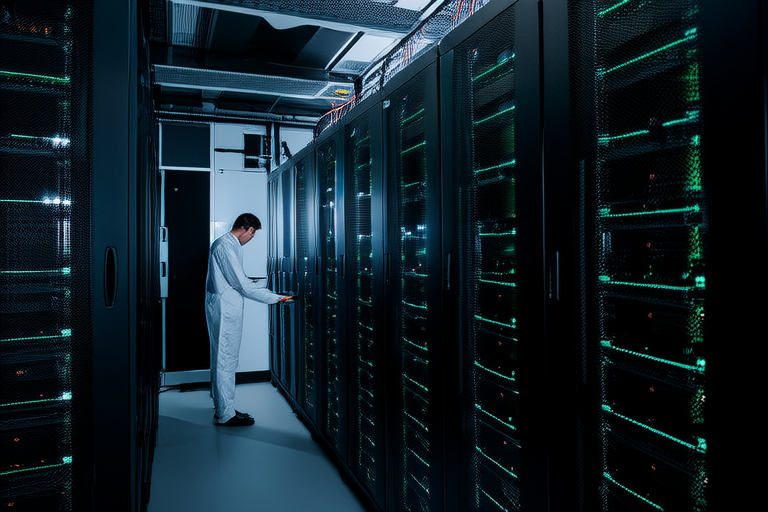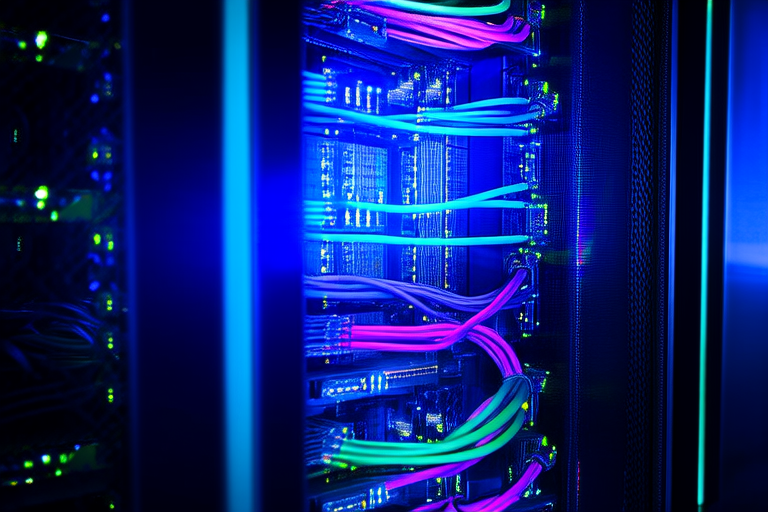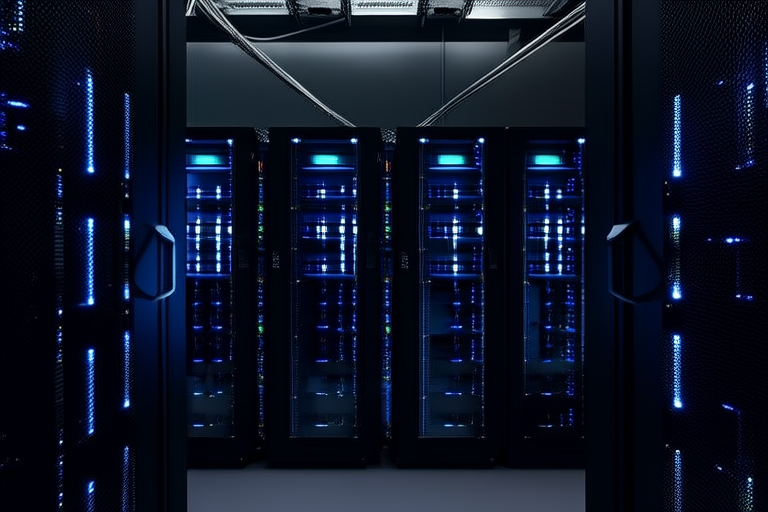“`html
Navigating the Cloud-Edge Continuum: Strategies for Optimal Deployment
Introduction
In today’s rapidly evolving technological landscape, organizations are increasingly relying on cloud computing and edge computing to meet their data processing, storage, and delivery needs. While cloud computing offers scalable and centralized resources, edge computing brings computational power closer to where data is generated. Understanding the cloud-edge continuum—the seamless integration of cloud and edge computing—is crucial for optimizing application performance, reducing latency, and enhancing security.
The challenge lies in determining where to deploy applications and data to achieve the best balance between efficiency and effectiveness. This article explores the cloud-edge continuum, offering strategies for optimal deployment and highlighting real-world examples to guide organizations through this complex decision-making process.
Understanding the Cloud-Edge Continuum
Defining the Cloud-Edge Continuum
The cloud-edge continuum refers to the spectrum of data processing capabilities ranging from centralized cloud environments to distributed edge nodes. At one end, cloud computing provides vast computational resources, storage, and networking services, ideal for tasks requiring extensive processing power and large-scale data analysis. On the other hand, edge computing processes data locally, close to the source, reducing latency and bandwidth consumption.
Roles of Cloud and Edge Computing
Cloud computing excels in handling large datasets, complex analytics, and machine learning tasks. It is particularly useful for applications that require high availability, scalability, and centralized management. Edge computing, however, is designed to handle real-time data processing, enabling faster decision-making and reducing dependency on network connectivity.
Industries such as manufacturing, healthcare, and transportation benefit significantly from leveraging both cloud and edge technologies. For instance, in smart cities, edge computing can manage traffic signals and monitor environmental conditions in real time, while cloud computing can analyze aggregated data to optimize urban planning.
Key Considerations for Deployment
Factors Influencing Deployment
Several factors influence the decision between cloud and edge deployment:
- Latency: Applications requiring low-latency responses, such as autonomous vehicles and remote surgeries, often benefit from edge computing.
- Bandwidth: Edge computing reduces the amount of data transferred over networks, minimizing bandwidth costs.
- Security: Sensitive data processed locally at the edge can enhance security and privacy.
- Cost: Cloud services offer cost-effective solutions for tasks that don’t require real-time processing.
Varying Use Cases
The choice between cloud and edge deployment depends heavily on the specific use case. Real-time analytics, for example, may prioritize edge computing to minimize delays, while IoT devices might leverage cloud services for centralized management and data aggregation.
Strategies for Optimal Deployment
Workload Partitioning
Effective workload partitioning involves distributing tasks between cloud and edge environments based on their requirements. Critical tasks that demand immediate processing should be handled at the edge, while less time-sensitive tasks can be offloaded to the cloud.
Resource Allocation
Allocating resources efficiently ensures that each environment operates optimally. This includes provisioning sufficient compute, storage, and networking resources at both the cloud and edge levels. Monitoring and adjusting resource allocation dynamically can further enhance performance.
Hybrid Architectures
Hybrid architectures combine the strengths of cloud and edge computing, allowing organizations to leverage the benefits of both. A well-designed hybrid architecture can improve application performance, reduce costs, and enhance security.
Pitfalls and Mitigation
Potential pitfalls include data silos, interoperability issues, and security vulnerabilities. Organizations should address these challenges by implementing robust data management practices, ensuring seamless communication between cloud and edge components, and adopting comprehensive security measures.
Case Studies and Examples
Real-World Success Stories
One notable example is the deployment of edge computing in a retail setting. By processing transaction data locally, retailers can provide personalized recommendations to customers in real time, enhancing the shopping experience.
Another example comes from the automotive industry, where edge computing enables autonomous vehicles to make split-second decisions based on sensor data. These vehicles rely on cloud services for updates and maintenance but process critical information locally.
Lessons Learned
These case studies highlight the importance of careful planning and execution. Organizations must thoroughly assess their needs, choose the right technologies, and continuously monitor and adjust their deployments to ensure optimal performance.
Future Trends and Innovations
Emerging Trends
The integration of 5G networks and artificial intelligence at the edge is expected to drive significant advancements in cloud-edge deployment strategies. 5G’s low latency and high bandwidth will enable more efficient data transfer, while AI at the edge can enhance decision-making capabilities.
Advancements in Technology
Advances in hardware, such as specialized processors and memory technologies, will further support the growth of edge computing. Additionally, improvements in software frameworks and tools will facilitate easier development and management of cloud-edge architectures.
Potential Disruptions and Opportunities
New technologies may disrupt existing paradigms, creating both challenges and opportunities. Organizations must stay informed about these developments and adapt their strategies accordingly to remain competitive.
Conclusion
The cloud-edge continuum presents a dynamic landscape with numerous opportunities for innovation and optimization. By understanding the roles of cloud and edge computing and considering key deployment factors, organizations can develop flexible, adaptive strategies to navigate this continuum effectively.
Continuous evaluation and adjustment of deployment models are essential as new technologies emerge. Embracing the cloud-edge continuum allows businesses to harness the full potential of modern IT architectures, driving growth and success in an increasingly connected world.
“`




